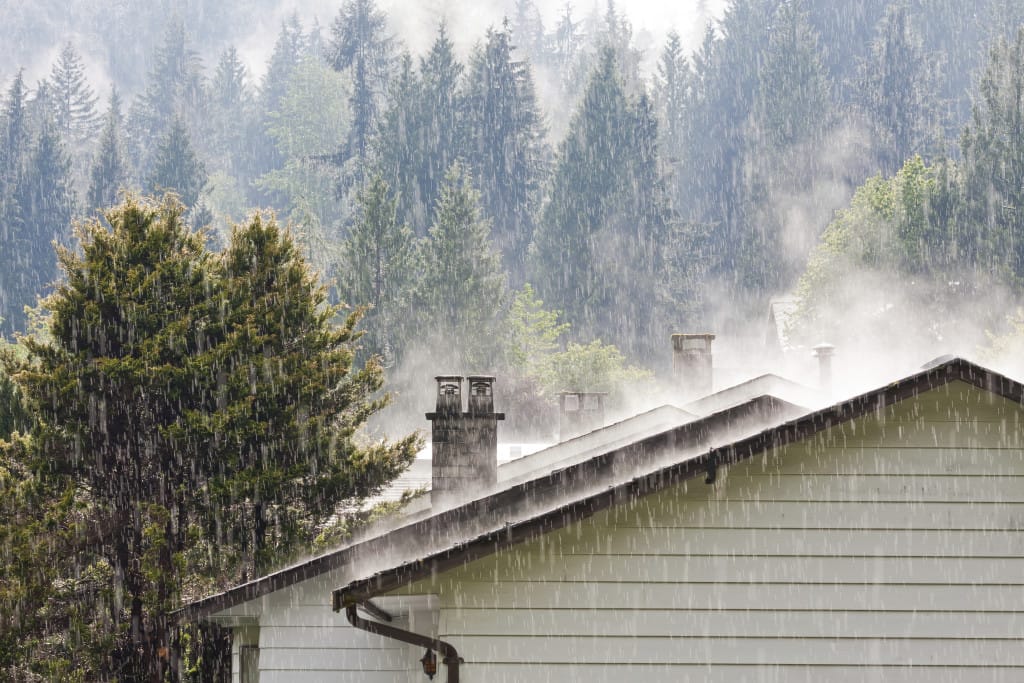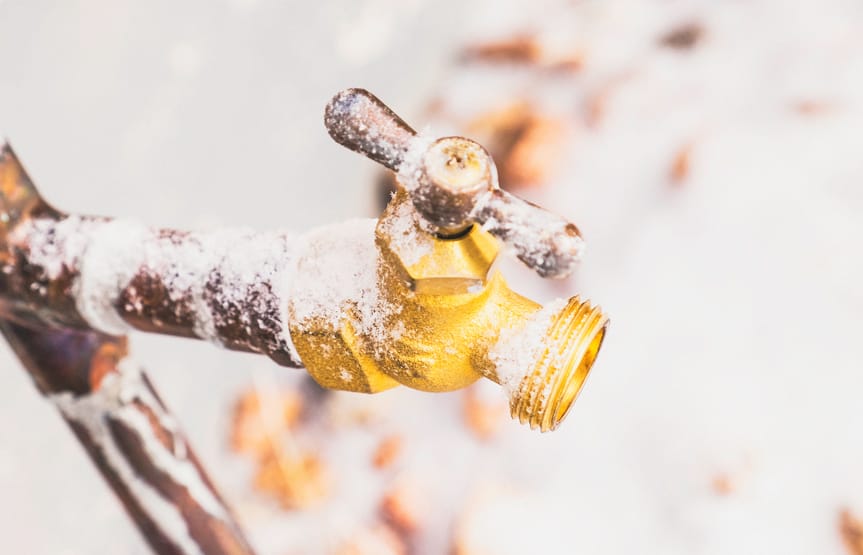6 Tips to Prepare Home for Winter

Consider Installing a Metal Roof
One of the most important, yet often overlooked parts of winter preparations for the home is ensuring the roofing system is ready for the freezing temperatures, snow and ice. Ensuring the roof is ready for the winter season is critical. Even a small roof problem can become a major wintertime disaster. While there are many common problems that you can address on your own, hiring a qualified roofing contractor is the best way to ensure a complete inspection of the roof. Winter weather can put several stressors on the roofing system. If the roof is less-than quality materials or older than 20-years, it has a greater chance of experiencing serious damage during the winter, including possible cave-ins. If this is the case and you need a new roof, now is the best time to have it installed. In fact, if you are considering a new roof, talk with your roofing contractor about having a metal roofing system installed. A metal roof last for generations to come. It can also help to significantly lower the cost of heating (and cooling) your home. In the meantime, some things you can do to prepare home for winter.
How to Prepare Your Roof:
- Clean the gutters. Removing debris from the gutters can drastically reduce the risk of ice dams. Ice dams form when snow on the roof goes through several freezing and melting sequences. As the snow melts, the water travels and freezes when it reaches the eaves. If the roof is not properly vented and the gutters are packed with debris, the ice will build up, causing a dam at the edge. Ice dams can lead to extensive damages to the roofing system.
- Check the attic for signs of water damage. If there are water stains, it may be a sign of poor roofing insulation and or damages to the roofing system itself.
- Look for shingles that may be damaged or missing. Granules on the ground or in the gutters are a common sign of thinning shingles.
- Carefully check the areas around the chimney and roof edges for cracks, deterioration and loose materials.
- Sweep the roof to remove debris, tree leaves and other items.
Seal the Leaks
In order to prepare home for winter, you must address the leaking seals on your house. Heating costs can put a major dent in your winter budget. But you can reduce the energy use by addressing the cracks and gaps that allow cold air in and warm out. Caulking and weatherstripping are probably the simplest, most effective and least expensive way to reduce energy waste in the winter. Take these steps to properly seal the leaks:
- Grab a tube of caulk and take a tour of your home, both inside and out, including the attic and the basement.
- Use caulk to fill gaps and cracks in the foundation, siding and around windows.
- Add weatherstripping around all windows and doors.
- For large gaps, use foam sealer, such as around plumbing fixtures and furnace vents.
- Heated air escapes through the chimney when you leave the fireplace damper open, so remember to shut the flue after the fireplace cools.
- Electric switches and wall plugs can allow cold air in. Small, foam gaskets that are made to fit behind electrical plates are easy to install and will effectively prevent leaks.
- Installing a door sweep will stop the cold drafts that enter your home under exterior doors. A door sweep is a piece of plastic or rubber that is attached with a strip of aluminum to the lower edge of the door.
Drafty Windows
The windows play a primary role in keeping the heat in and the cold out. Drafty windows can significantly increase the cost of your energy bills. Along with weather stripping and caulking, consider covering the windows in a thin plastic film. The plastic is attached with double-sided tape and can be easily removed when spring arrives. Another easy way to block out drafts is to install drapes, curtains or shades over the windows. If you have them, install storm windows and don’t forget the windows in the basement and attic.
 Prep the Plumbing
Prep the Plumbing
To prepare home for winter, also take a look at the plumbing. Plumbing pipes pose a couple of problems during the winter. First, they can freeze and burst, and second they can be large contributor of letting in cold air. Take these steps to prep the plumbing for winter:
- Insulate all exposed pipes, especially in unheated areas, such as the crawlspace, attic, basement and outside. Use tubular pipe insulation sleeves to cover exposed pipes, including bends and joints, then seal the seams with duct tape.
- Remove garden hoses that attached to outside faucets and store them for the winter.
- Drain the water from the outdoor faucets and turn shut-off the valve for outside faucets.
- Arrange for in-ground sprinkler pipes to be blown out.
Heating Maintenance
The ideal way to ensure your heating system is ready for winter is to have a professional inspection before it’s time to turn the furnace on. Scheduling routine inspections and maintenance for the furnace, chimney, fireplace and venting system will ensure they are in good working order and if necessary, repairs can be made sooner, rather than later. Replace the air filter once a month to prevent the heating system from working harder than it needs to and it will use less energy. This is also the perfect time to replace the batteries in carbon monoxide and smoke detectors. Reverse the switch on the ceiling fans so they blow upward, toward the ceiling. Make sure to open all of the heating vents and remove items, such as furniture that is blocking the vents.
Check the Insulation
Large amounts of heat can be lost through floors, walls and ceilings, so one of the most cost-effective ways to reduce heating costs is to insulate the attic, especially in older homes. Make sure to apply weatherstripping to attic windows, caulk small openings and use spray foam to fill in large gaps, such as around vents. Poor insulation in the attic can also lead to severe water damage from roof leaks.
Don’t let a winter blizzard catch you off-guard. Ensuring that you prepare home for winter means your family will be warm, safe and comfortable. Remember when preparing your home, it is also important to prepare for an emergency, such as a power outage. So, always have a fully stocked emergency kit that includes a flashlight, batteries, blankets, water and non-perishable food. Also, make sure to rotate seasonal equipment in the garage to ensure shovels, snow blowers and sleds are easily accessed.
Worried about preparing your home for winter? Let us know any questions or concerns you have in the comments below!


I’m glad that you mentioned the gutters. I always recommend that others do this, but have the tendency to forget for my own home :(. Thanks for the great article!